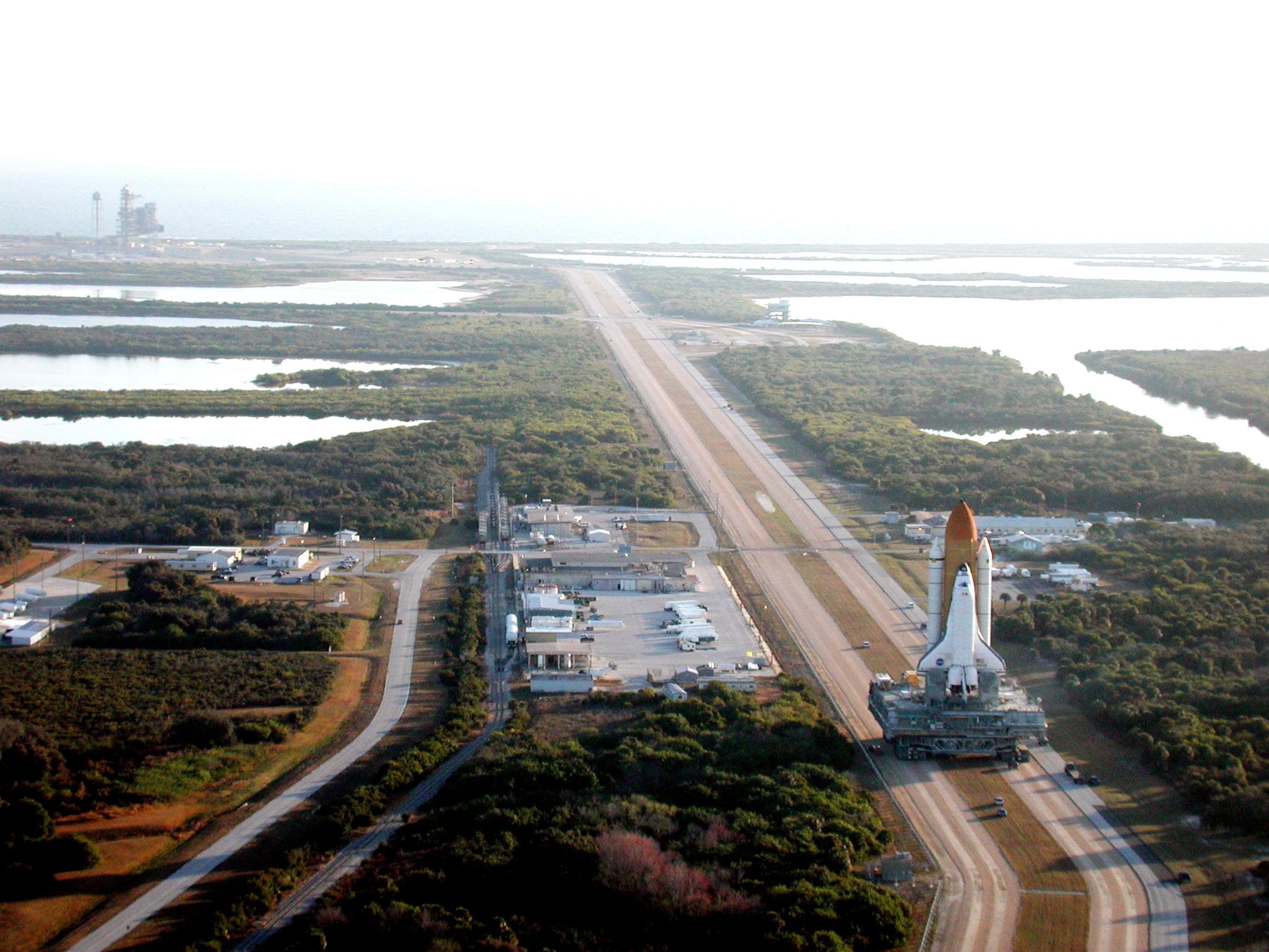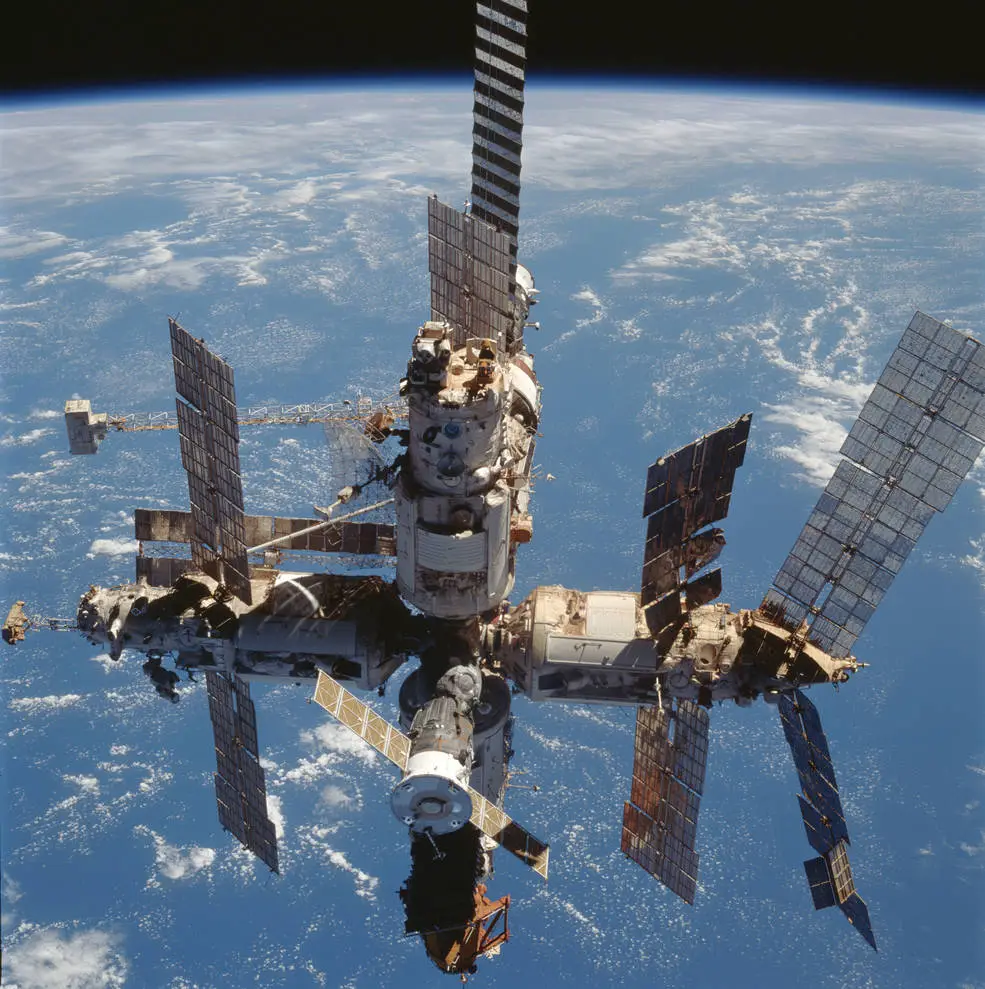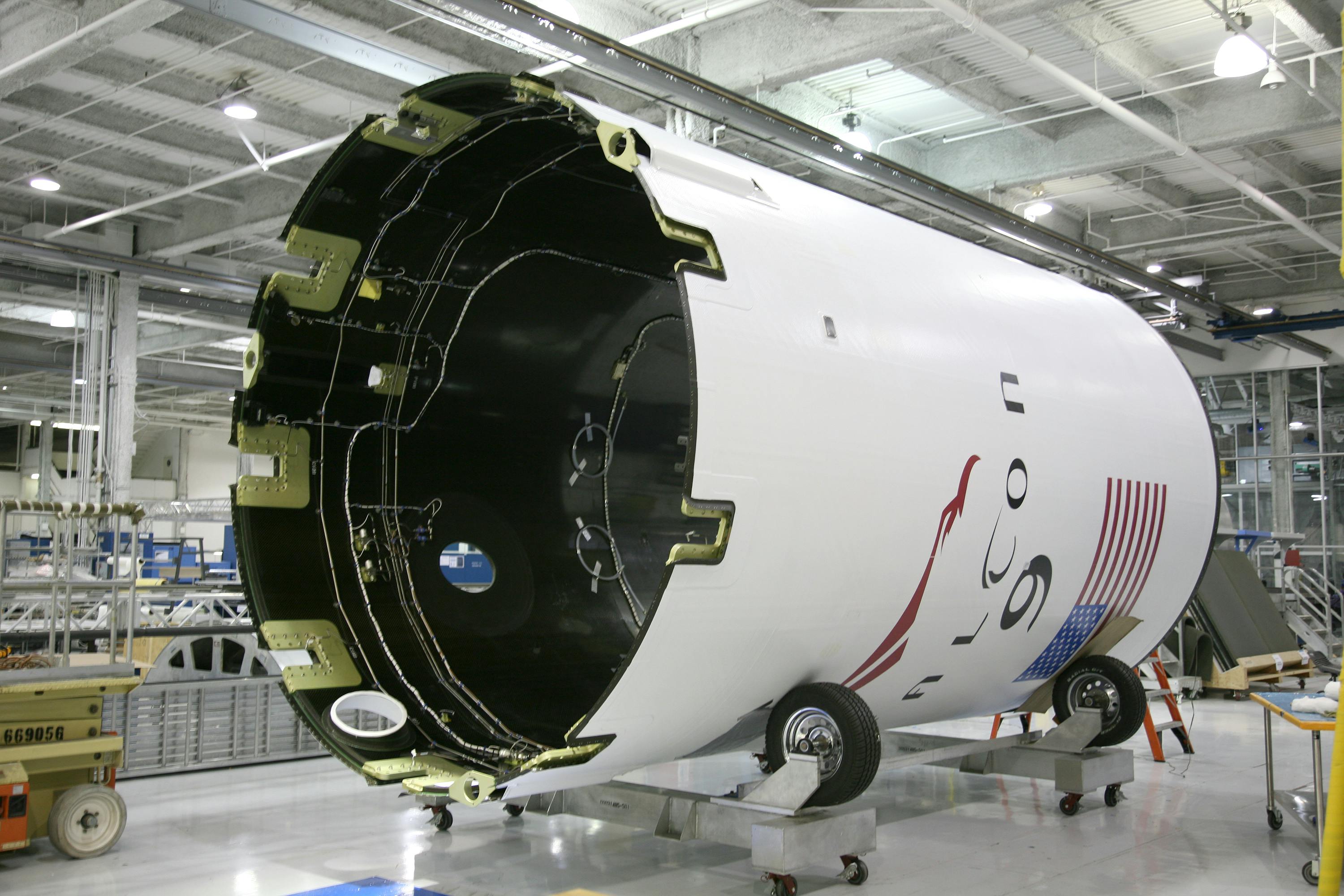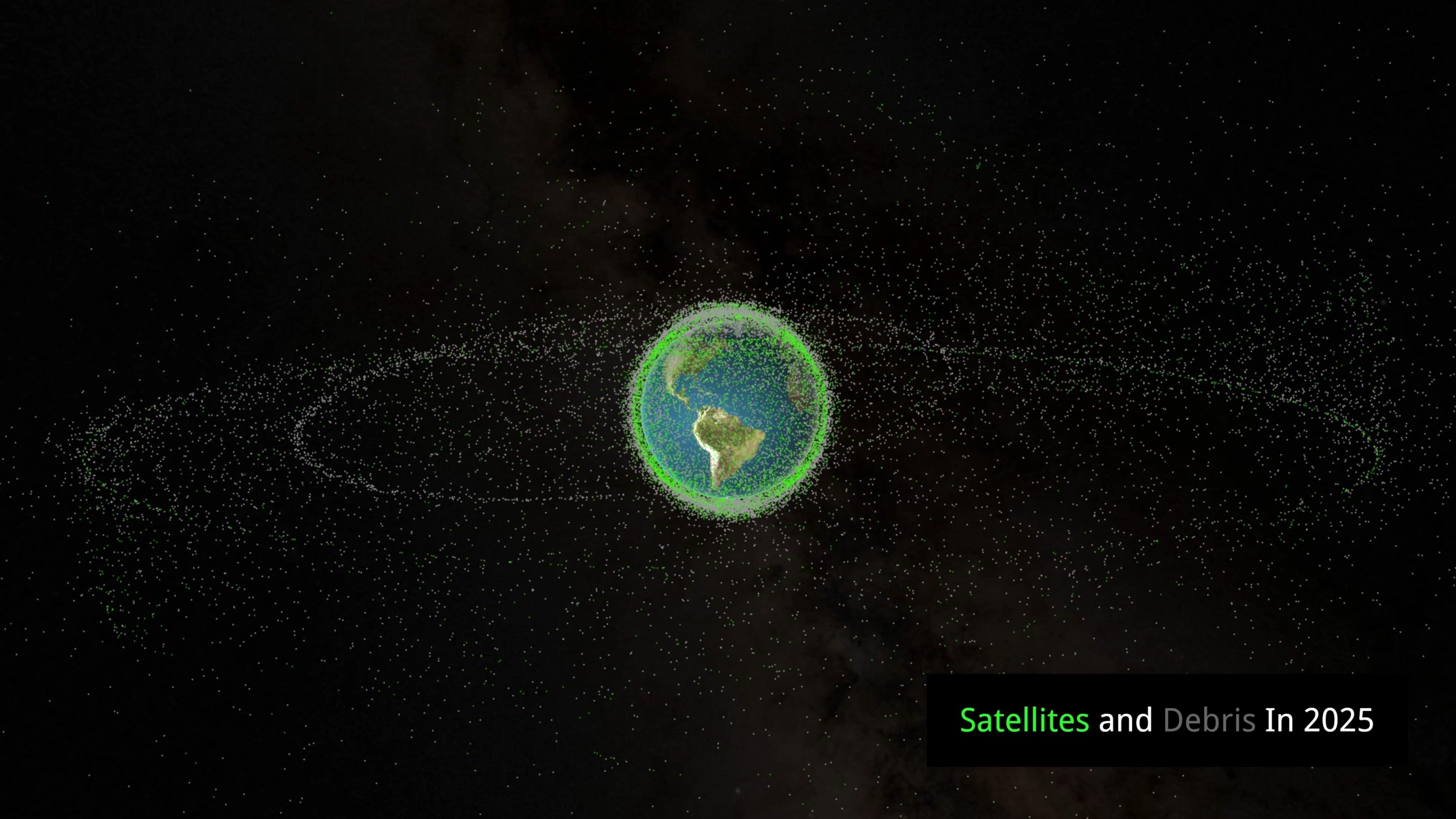· today in space history · 3 min read
The Day Humanity First Touched an Asteroid
Twenty-four years ago, a spacecraft designed only to orbit made history with an improvised landing on asteroid Eros, marking humanitys first controlled touchdown on a small celestial body
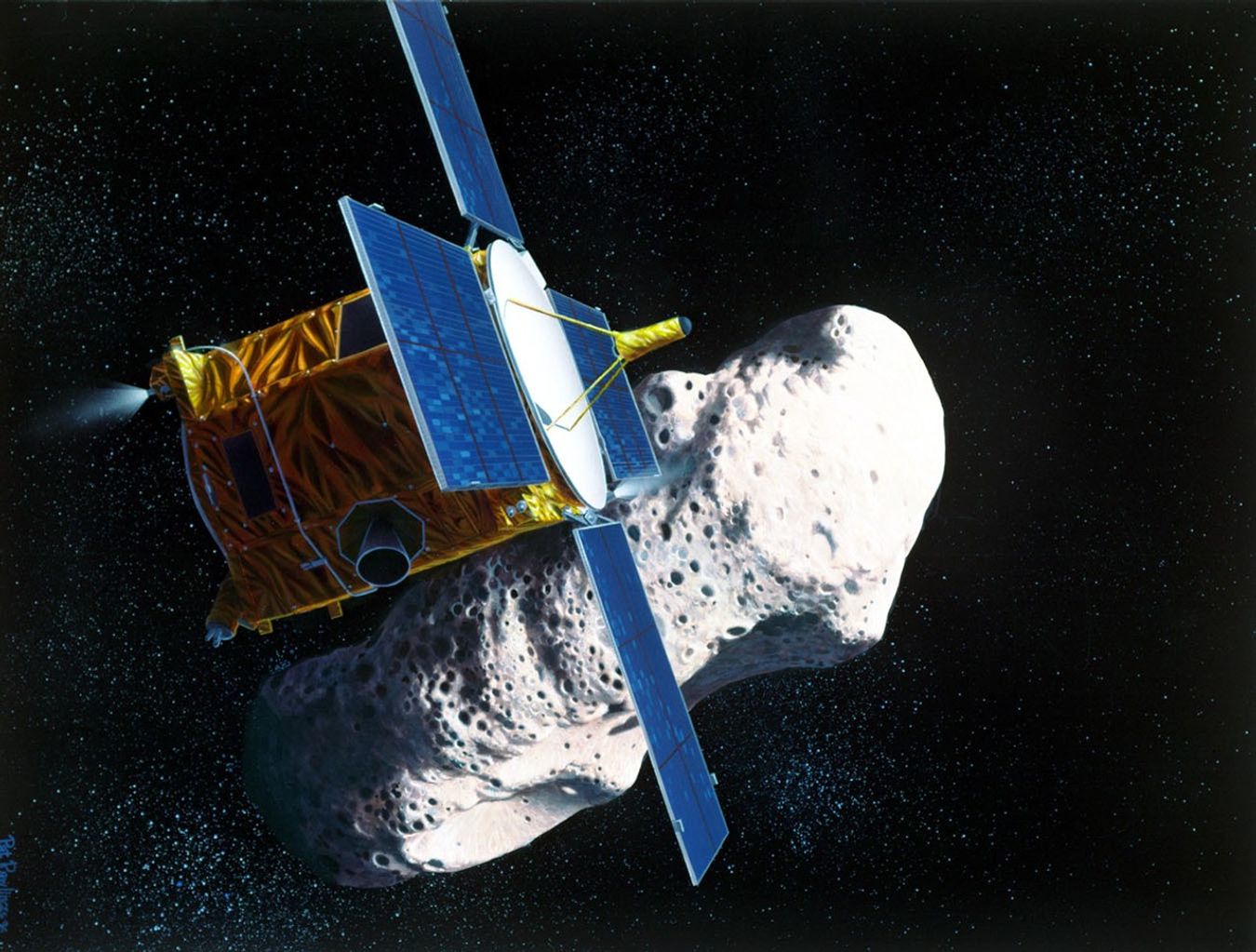
At precisely 20:01:52 GMT on February 12, 2001, mission controllers at the Johns Hopkins Applied Physics Laboratory held their breath as the NEAR Shoemaker spacecraft descended toward the surface of asteroid 433 Eros. The probe was never designed to land, yet here it was, attempting the first-ever controlled touchdown on an asteroid’s surface. In those final moments, the spacecraft continued sending back detailed images of the asteroid’s surface, with its last transmission revealing details of an area just six meters across – about the size of a suburban driveway.
A Mission Beyond Its Design
The Near Earth Asteroid Rendezvous (NEAR) spacecraft, later renamed NEAR Shoemaker in honor of planetary science pioneer Eugene Shoemaker, had already exceeded expectations during its year-long orbital study of Eros. Launched on February 17, 1996, from Cape Canaveral aboard a Delta II rocket, the spacecraft was built solely as an orbiter to study the potato-shaped asteroid from above. The landing attempt represented an ambitious bonus objective, attempting to push the boundaries of what was possible with existing spacecraft technology.
The Descent to History
After a year of meticulously mapping Eros from orbit, mission controllers began the delicate process of descending toward the asteroid’s surface. The spacecraft’s orbital altitude had already been lowered to just 24 kilometers, providing unprecedented close-up views of the asteroid’s cratered landscape. The final descent required precise calculations to account for Eros’s weak but irregular gravitational field, which could easily send the spacecraft off course.
Engineering Improvisation
“What made this landing attempt particularly remarkable was that we were using a spacecraft never intended to touch down,” explained Robert Farquhar, NEAR’s mission director. The team had to work with the spacecraft’s existing capabilities, using its thrusters – designed for orbital adjustments – to manage a controlled descent in an environment with almost no gravity. The success of this improvised approach would later influence the design of future asteroid missions.
A Surprising Survival
Perhaps the most unexpected aspect of the landing came after touchdown. Despite not being engineered for impact, NEAR Shoemaker survived its gentle collision with Eros. The spacecraft came to rest with its camera and gamma-ray spectrometer pointing toward the ground, while its solar panels and low-gain antenna remained oriented toward Earth and the Sun – a fortunate position that allowed it to continue communicating with mission control.
Scientific Achievements
Before and during its historic descent, NEAR Shoemaker revolutionized our understanding of asteroids:
- Its high-resolution cameras revealed Eros’s complex surface features in unprecedented detail
- The X-ray/Gamma-ray spectrometer provided crucial data about the asteroid’s composition, linking it to ordinary chondrite meteorites found on Earth
- Laser rangefinder measurements created detailed topographic maps, helping scientists understand the asteroid’s structure and evolution
Legacy and Impact
NEAR Shoemaker’s successful landing marked a turning point in solar system exploration. The mission demonstrated that small bodies could be not just visited but touched, setting the stage for more ambitious asteroid missions. Japan’s Hayabusa missions and NASA’s OSIRIS-REx later built upon this achievement, advancing to actual sample collection and return.
Looking Forward
The techniques pioneered during NEAR Shoemaker’s improvised landing continue to influence modern asteroid exploration. As NASA and other space agencies plan increasingly ambitious missions to asteroids for both scientific study and potential resource utilization, the lessons learned from that first gentle touchdown on Eros remain relevant. The mission proved that with ingenuity and careful planning, spacecraft can achieve far more than their original design specifications – a principle that continues to guide deep space exploration today.

Theodore Kruczek


